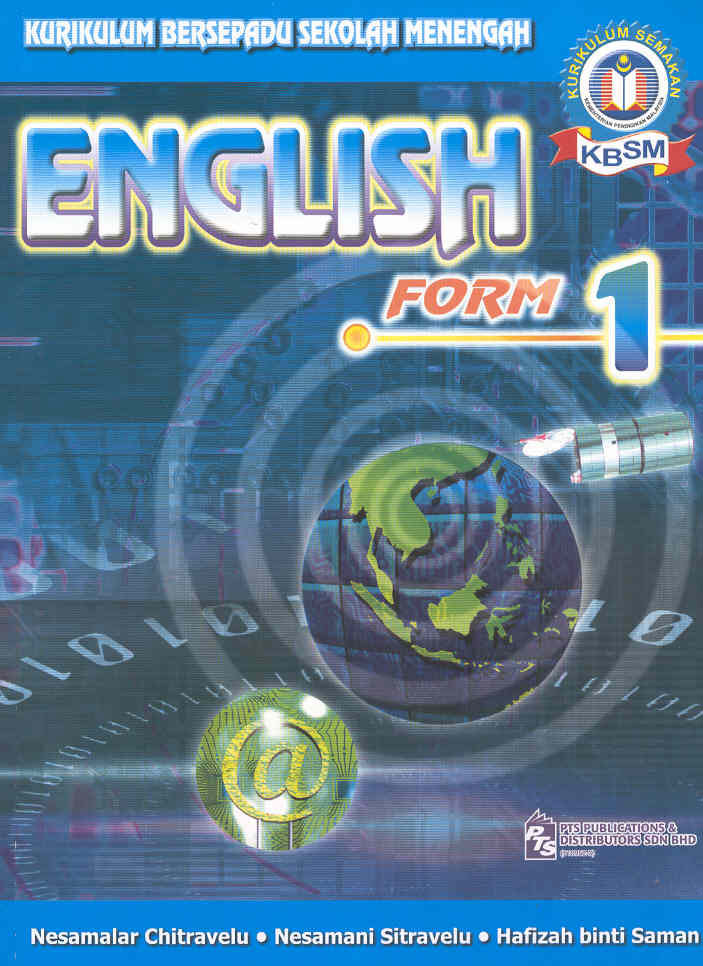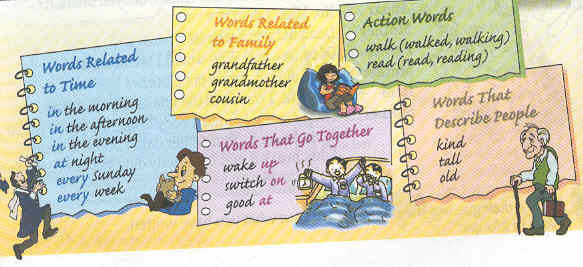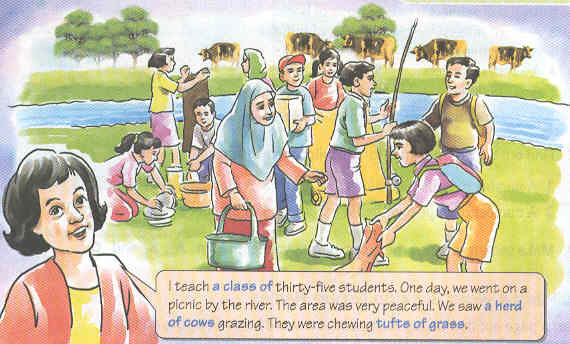AN APPEAL FOR SUPPORT
- We seek your support to meet expenses relating to some new and essential software, formatting of articles and books, maintaining and running the journal through hosting, correrspondences, etc. You can use the PAYPAL link given above. Please click on the PAYPAL logo, and it will take you to the PAYPAL website. Please use the e-mail address thirumalai@mn.rr.com to make your contributions using PAYPAL.
Also please use the AMAZON link to buy your books. Even the smallest contribution will go a long way in supporting this journal. Thank you. Thirumalai, Editor.
BOOKS FOR YOU TO READ AND DOWNLOAD
- THE ROLE OF VISION IN LANGUAGE LEARNING
- in Children with Moderate to Severe Disabilities ...
Martha Low, Ph.D. - SANSKRIT TO ENGLISH TRANSLATOR ...
S. Aparna, M.Sc. - A LINGUISTIC STUDY OF ENGLISH LANGUAGE CURRICULUM AT THE SECONDARY LEVEL IN BANGLADESH - A COMMUNICATIVE APPROACH TO CURRICULUM DEVELOPMENT by
Kamrul Hasan, Ph.D. - COMMUNICATION VIA EYE AND FACE in Indian Contexts by
M. S. Thirumalai, Ph.D. - COMMUNICATION
VIA GESTURE: A STUDY OF INDIAN CONTEXTS by M. S. Thirumalai, Ph.D. - CIEFL Occasional
Papers in Linguistics,
Vol. 1 - Language, Thought
and Disorder - Some Classic Positions by
M. S. Thirumalai, Ph.D. - English in India:
Loyalty and Attitudes
by Annika Hohenthal - Language In Science
by M. S. Thirumalai, Ph.D. - Vocabulary Education
by B. Mallikarjun, Ph.D. - A CONTRASTIVE ANALYSIS OF HINDI
AND MALAYALAM
by V. Geethakumary, Ph.D. - LANGUAGE OF ADVERTISEMENTS
IN TAMIL
by Sandhya Nayak, Ph.D. - An Introduction to TESOL:
Methods of Teaching English
to Speakers of Other Languages
by M. S. Thirumalai, Ph.D. - Transformation of
Natural Language
into Indexing Language:
Kannada - A Case Study
by B. A. Sharada, Ph.D. - How to Learn
Another Language?
by M.S.Thirumalai, Ph.D. - Verbal Communication
with CP Children
by Shyamala Chengappa, Ph.D.
and M.S.Thirumalai, Ph.D. - Bringing Order
to Linguistic Diversity
- Language Planning in
the British Raj by
Ranjit Singh Rangila,
M. S. Thirumalai,
and B. Mallikarjun
REFERENCE MATERIAL
- UNIVERSAL DECLARATION OF LINGUISTIC RIGHTS
- Lord Macaulay and
His Minute on
Indian Education - In Defense of
Indian Vernaculars
Against
Lord Macaulay's Minute
By A Contemporary of
Lord Macaulay - Languages of India,
Census of India 1991 - The Constitution of India:
Provisions Relating to
Languages - The Official
Languages Act, 1963
(As Amended 1967) - Mother Tongues of India,
According to
1961 Census of India
BACK ISSUES
- FROM MARCH 2001
- FROM JANUARY 2002
- INDEX OF ARTICLES
FROM MARCH, 2001
- APRIL 2005 - INDEX OF AUTHORS
AND THEIR ARTICLES
FROM MARCH, 2001
- APRIL 2005
- E-mail your articles and book-length reports (preferably in Microsoft Word) to thirumalai@mn.rr.com.
- Contributors from South Asia may send their articles to
B. Mallikarjun,
Central Institute of Indian Languages,
Manasagangotri,
Mysore 570006, India or e-mail to mallikarjun@ciil.stpmy.soft.net - Your articles and booklength reports should be written following the MLA, LSA, or IJDL Stylesheet.
- The Editorial Board has the right to accept, reject, or suggest modifications to the articles submitted for publication, and to make suitable stylistic adjustments. High quality, academic integrity, ethics and morals are expected from the authors and discussants.
Copyright © 2004
M. S. Thirumalai
A MALAYSIAN ENGLISH TEXTBOOK FOR MALAYSIAN LEARNERS OF ENGLISH
Steven Wakeman

1. A REVIEW OF A MALAYSIAN TESOL TEXTBOOK
Devising a relevant and effective textbook for Teaching English to Speakers of Other Lnguages cannot be undertaken in a leisurely manner. Any who attempt to design tools for unraveling the intricacies of the English language for secondary English speakers should be commended, and thus it is appropriate to praise the graduates of Universiti Malaya for their honorable efforts to expound the English language in their English Form 1 textbook (PTS Publications, Malaysia).
Written to the specifications of the new Malaysian English Language syllabus for Form 1, the book aims to help ambitious English language learners to make friends and communicate with English-speakers, understand the world in which we live, and enjoy language as something creative and beautiful (Chitravelu, et al., xv). According to the authors, this book is designed to help students become successful learners "by providing a variety of materials and activities for each of the four basic language skills (listening, speaking, reading, and writing)."
This review will attempt to analyze how well the authors accomplished their goals, beginning with general observations about the book, and following with specific sections on each of the basic language skills.
2. GENERAL OBSERVATIONS

The English Form 1 language book begins with a thorough table of contents which divides up the activities on each of the 200 pages "in accordance with their difficulty level and content" (p. vi-xiii). Each chapter contains exercises relating to three primary categories: interpersonal (relating to relationships), informational (learning about the world), and aesthetic (appreciating the beauty of English). In addition, grammar, sound system (pronunciation), and vocabulary are focused upon in specific sections.
It is evident from the beginning of the book that it is designed to be used for students with varying degrees of knowledge of the English language. The Table of Contents thus helps teachers know what parts of a lesson will be appropriate for the needs of different students and devise their lesson plans accordingly. This textbook probably would not be recommended for students who have no prior knowledge of the English language, unless the instructor is prepared to teach most of the basics of the language outside of the text, such as the sounds and script of the language. Otherwise, beginners will be overwhelmed by the demand for engaging in fairly complex conversation and language skills from the outset of the book. Even teachers of more advanced students will likely need to move quite slowly through the initial chapters, as the content will leave the uninitiated in the dust.
3. POSITIVE ELEMENTS OF THE TEXTBOOK

The positive elements of the English Form 1 textbook are numerous and can only be mentioned here briefly. Additional praise will be added in the sections specific to the basic language skills.
Overall the authors have done an exceptional job creating content and activities that are engaging. The layout of the book is inviting with the use of effective illustrations and photos, and the authors refrain from being too wordy. The content in each chapter is laid out in a logical fashion with subsequent activities building upon the skills and vocabulary emphasized in previous tasks. Reviews are provided at the end of each chapter which are comprehensive but short and to the point (p.17). The language of the book flows well and conforms to standard English, although the language is slightly influenced by British spelling (for example, colour - on pages p.6, and 86), and this is quite understadable given the Malaysian contacts with Britain.
The activities given are creative and not always spelled out specifically, which allows the teacher to have the liberty to use the material in various ways to emphasize different skills. For example, an instruction to "make up descriptions" about something can be turned into an oral or a written activity.
Students are encouraged throughout the lessons to give personal opinions and share their thoughts within groups, thus making the material applicable for themselves. They are further encouraged to build a word bank, dividing a notebook into categories and writing new words they come across (p.13). On many occasions they are asked to use outside sources like the Internet in their studies (p.16, 29-30). In doing this, the authors are giving students practical tools that will help them after they leave class.
4. DEFICIENCIES
While much more can be said in favor of English Form 1, several factors are also worth noting which could be considered to be deficiencies within the book if taught in certain contexts.
Although the authors provide a good curriculum for students desiring to use English in Malaysian contexts, they fail to provide adequate training for students desiring to live and work in English-speaking countries of the West. What is the goal of learning English in such detailed fashion, if the learners would not be able to contextualize their learning also to the native language contexts and environs?
The illustrations are effective and appropriate for Malaysian culture but fail to give a visual representation of the Western world, even though one of the goals of the textbook is to introduce students to the world. Students are not necessarily taught how to operate within Western society. Instead, Malaysian bumper stickers and road signs are pictured, and crosswalks are taught as "zebra crossings" (p.64-65). Marriage customs are taught in regards to Malaysian culture (p.15), sample phone numbers are Malaysian style (p. 91), and Malaysian names and currency are used throughout the book (p.42). The text is slightly biased toward Muslim religion, but the authors do try to give space for other beliefs. For instance, after a writing exercise on one of Islam's celebrations, the students are encouraged to write about festivals from other religions, such as the Chinese New Year or Christmas (p.11). Still, throughout the exercises students are most often asked to describe their own culture (p.28). Lessons on American/Western culture might be practical help for many students who may be seeking higher speaking education in countries like the United States, U.K., and Australia, to name a few.
Not only is the bias toward Malaysian culture prevalent, but it seems that the authors promote a certain lifestyle, seemingly at the expense of teaching vital language skills. Chapters 3 and 4 promote a healthy and safe lifestyle, respectively. While these are not bad topics to discuss in a language textbook, teenagers clearly become the target audience in chapter 3, and many exercises focus around advice that parents would teach their children, such as not taking candy from strangers (p.55). Adults using the material may feel like they are being treated as children through the content given.
At one point in chapter 3 students are asked to find out about the eating habits of their classmates with the motive of conforming unhealthy habits to healthy standards (p.39). This direct confrontation of a student's lifestyle arguably borders on intimidation. Chapter 9 focuses on keeping the environment clean and chapter 10 teaches charity and community service. Chapter 6 teaches about smart shopping, but the focus is still upon Malaysian life skills. The following chapter talks about being "Proud to be a Malaysian," and another chapter entitled "We Did It" is devoted to an elucidation of the greatness of Malaysia and its people. While there is nothing wrong with having pride in one's nation, one wonders whether such matters are appropriate subjects for a TESOL textbook when the primary purpose is to learn English for communication with people of another culture.
English Form 1 is strong on ideology but weaker on teaching specific language skills that are necessary for surviving in the English speaking world. Even so, many strengths are found in the ways in which the four basic language skills are taught, as emphasized in the content-specific sections addressed henceforth.
5. LISTENING

By starting the book with speaking exercises, listening automatically becomes involved from the very beginning, which is what one would hope to find in a TESOL textbook (p.1-2). A specific section in each chapter is devoted to the listening skill. Passages are provided at the end of the textbook for teachers to read to the class, and comprehension questions are usually given as a writing assignment (v.8,24). Most listening practice comes from interaction with classmates, which can thus be extended to interaction with the outside world. Some attention is given in the text to the discrimination of similar sounds, which should be a major part of all listening practice (Thirumalai 40). Thus, the listening practice succeeds in maintaining a level of real-life relevance and helps students with segmental sounds. Additional basic skills will be ingrained in the students as they listen to the speech and basic commands of the instructor.
6. SPEAKING
Conversation is utilized from the very first page. Students are asked to speak about their family, which allows them to address a subject that is familiar and comfortable to them as they warm up to their classmates and the English language. Subsequent chapters often focus on getting to know the other students through speaking (p.1-2). However, even these familiar subjects will likely be difficult for beginning students to speak about in English, and the text does not provide for a rising degree of difficulty in the speaking exercises. The deficiency is somewhat made good when substitution and repetition are emphasized, and students are asked to create new sentences using a certain pattern: "My father is tall," "My father is short," and so on (p.7). According to Thirumalai in his introductory book on teaching English as a second language, "substitution of a word, phrase, or sentence by another is an elementary method which helps students to produce new utterances and to develop speaking skill" (60).
Common expressions are practiced in chapter 2, such as accepting and declining invitations, inviting someone into one's home, apologizing, and complementing (p.20-21). Speaking poetry helps students develop the rhythm of English (p.31), and intonation is directly taught when students are asked to read a dialogue and properly inflect their voices to portray what the character is feeling (v.32). Role play is another tool utilized (p.14). Each chapter has a special emphasis on pronunciation, focusing upon segmental sounds that will be difficult for students learning English, such as s-sh and b-p. Minimal pairs and tongue twisters are often taught to help with pronunciation practice (p.25, 73), and singing is even utilized in one chapter (p.73). The speaking skill appears to be a particular strength of this textbook.
7. READING

According to the introduction to English Form 1, "in the Reading section, margin questions encourage students to think as they read. The last activity in the section helps students to relate what they have read to their own lives while a Review section helps them to assess mastery of what they have learned. In the Literature section, different texts and activities are used to help students understand and enjoy creative use of language" (Chitravelu, et al., xv). According to Thirumalai, a good reading lesson should include an introduction to the text, followed by the passage, comprehension tasks, and review and related exercises (128). This is in fact the exact model followed by the passage found on p.27-28. Many of the reading passages may not be inherently practical, but the variety of literature presented is certain to hold the interest of the students. Styles include folk tales (p.9), poetry (p.14), and newspaper articles (p.58). The authors also integrate Western authors like Ralph Waldo Emerson and Harper Lee as one of their only obvious links to Western culture (p.26-28).
8. WRITING

In accordance with the intent of the authors, writing exercises are given in such a way that accommodates students at different levels of writing skill. However, only limited emphasis is given upon mechanics of writing (such as capital letters and punctuation - p.7), and no help is given in writing letters and constructing basic sentences. Hence the textbook prescribes intermediate to advanced writing skill from the very beginning. One of the first writing exercises has the students punctuate a paragraph of such difficulty that many American students (mother tongue learners of English) entering high school would struggle with the task (p.7).
Fill-in-the-blanks and freestyle writing are accented throughout the textbook (p.5), and some practical skills are emphasized, such as the mechanics behind writing a letter (p.12). However, without building a foundation of writing mechanics at the beginning stages, students may end up practicing poor writing habits in all of their freestyle exercises. Instructors will be responsible for providing further guidance.
9. CONCLUSION
In summary, the English Form 1 textbook successfully teaches the four basic language skills, although the difficulty of the exercises will exceed the skill of novices in the English language. While the authors do structure their book to help students become successful learners, they limit their instruction to the context of Malaysian culture, inserting a great deal of ideology while neglecting their primary task of teaching English skills that will be useful in the context of the broader outside world. All in all, English Form 1 is a helpful resource for advancing the aptitude of students who are in the process of learning English as a second language.
REFERENCES
Chitravelu, Nesamalar, et al. English Form 1. Ed. Seow Ai Ti Angeline. Malaysia: PTS Publications, 2002.
Thirumalai, M. S. An Introduction to TESOL. Experimental Lecture Text. Minneapolis: Bethany College of Missions, 2001.
CLICK HERE FOR PRINTER-FRIENDLY VERSION.
A MALAYSIAN ENGLISH TEXTBOOK FOR MALAYSIAN LEARNERS OF ENGLISH | THE ROLE OF CONTEXT IN SENSE VARIATION - INTRODUCING CORPUS LINGUISTICS IN INDIAN CONTEXTS | TEACHING LITERARY TRANSLATION PRACTICALLY | AN AGITATION IN SUPPORT OF MEITEI SCRIPT | A NEW BOOK SERIES OF CLASSICAL SANSKRIT LITERATURE | WORD CLASSES OR PARTS OF SPEECH IN TAMIL | SINDH IN THE SUPREME COURT | THE ROLE OF COMMUNICATION IN EFFECTIVE INSTRUCTIONAL DELIVERY | THE BIRTH OF KUMAARA, A NEW TRANSLATION OF KUMARA SAMBHAVAOF KALIDASA | HOME PAGE | CONTACT EDITOR
Steven Wakeman
Bethany College of Missions
6820 Auto Club Road, Suite A
Bloomington, MN 55438
steven.wakeman@bethfel.org
Send your articles
as an attachment
to your e-mail to
thirumalai@mn.rr.com.

